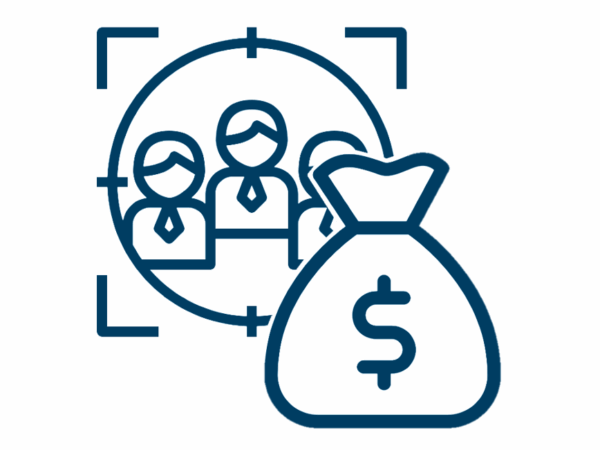Customer lifetime value is the prediction of the net profit value now, of the entire future relationship with a customer.
The value can range in sophistication and accuracy. From a rule of thumb-style segmentation to the use of complex predictive analytics techniques.
The value of the customer lifetime value concept
Customer lifetime value is important for two reasons
- It determines how businesses look to acquire potential customers (for example, whether to spend large money on direct engagement or less money on web engagement), and
- It encourages firms to shift their focus to the long term health of customer relationships
Customer lifetime value is most commonly used in relationship-orientated businesses – for example, banking and insurance, telecommunications, and most of the business-to-business sector, and always used in Software as a Service businesses. Segmenting customers by CLV allows the company to predict the most profitable customers, understand those customers’ common characteristics, and up-prioritise energies on these customers.
Establishing this value is thus key to a business’s sales and marketing efforts to its new or existing customers.
Customer lifetime value, simplified
Where profit margins and retention rates are constant:
CLV = marginal profit per customer per period x period they will be around for
OR / AKA
CLV = marginal profit per customer per period x customer lifetime
CLV is thus a multiplier of the marginal profit per customer.
Another way of getting the same result (it is a matter of preference)
CLV = marginal profit per customer per period / period-relevant churn rate
Consistent periods must be used throughout – so if you’re looking at marginal profit per customer for the year, you must use a customer lifetime expressed in years, or a churn rate expressed in years.
Getting to the customer lifetime:
- If the annual customer churn rate is 20%, then the customer lifetime will be 1 / 20% which is 5 years.
- If the monthly customer churn rate is 2.5%, then the customer lifetime will be 1 / 2.5% which is 40 months.
Average marginal profit per customer = revenues from all products consumed, less variable costs (including customer service / retention costs)
Definitions and examples
Retention rate = the percentage of customers who stay with the company in a given period. For example, if you have been a Facebook user since first using it, your retention rate is 100%. (To work out churn (or attrition) rate, simply subtract retention rate from 1).
For example:
You’re making R100K (net of costs) predictably from a customer every year. That customer is 95% likely to stay at the end of every year. The CLV of that customer is R2M, calculated either.
- R100K x (1 / 5%) [ marginal recurring profit x customer lifetime approach ]
- R100K / 5% [marginal recurring profit / churn rate approach ]
As a rule of thumb, for every Rand you spend on acquiring that customer, you should get 3 times or more the CLV back. Thus, for the customer above, you wouldn’t want to spend more than R667K on landing that customer. And obviously, for year 1, where that customer only gave you R100K net, you will be underwater on landing that customer.









